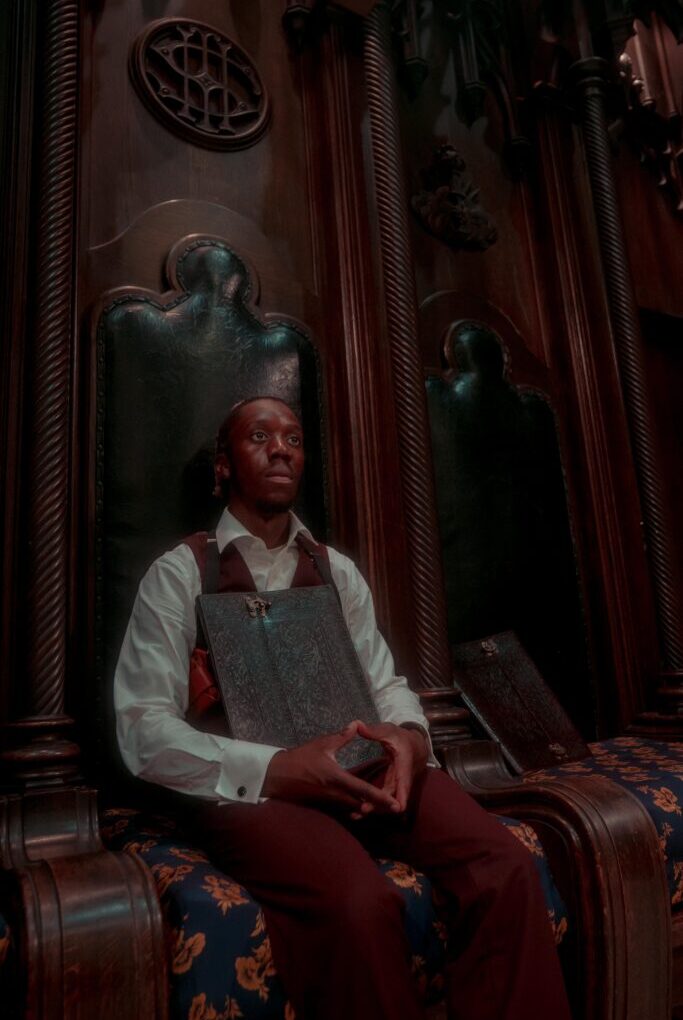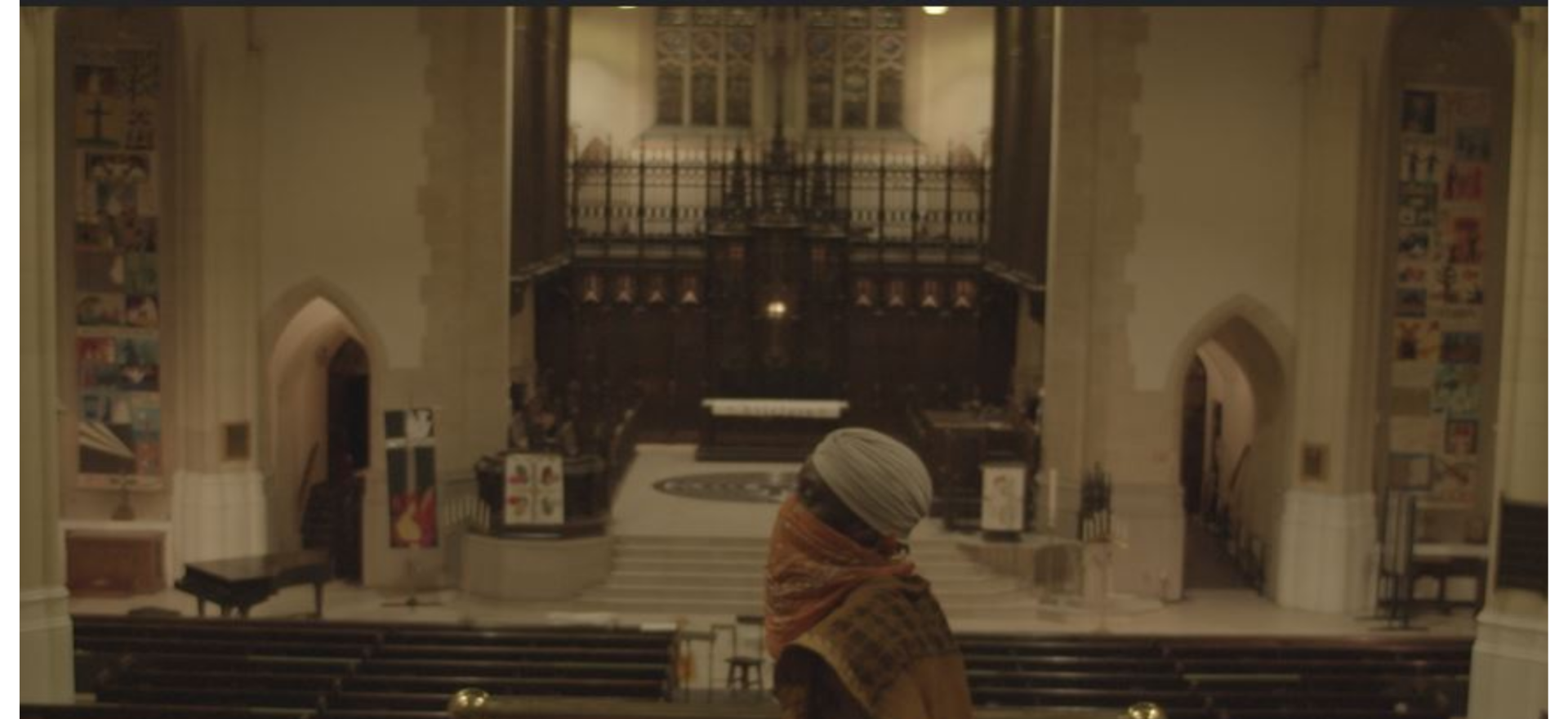In Dialogue with Ayrah Taerb
synthesis by Charlotte Lombardo
with original music by Ayrah Taerb
photography by Jahmal Nugent aka ninjahmal
Ayrah Taerb is an artist, music maker and producer, and founder of the Kundalini Kurrency Khansultancy. His recent work Indica; Omega has served to both catalyze and critically challenge Making With Place creative explorations and revelations.
Culture drives its own change
Culture is realized through communal experiences and actions. This truth is too often lost in charitable models and orientations that reinforce unequal power dynamics.
Community arts are based in a process of art-making in community settings. Generally facilitated by grassroots or not for profit organizations, this work often seeks to implicitly address social inequities.
But too often structures of power in community work contribute to/perpetuate inequities and a politics of scarcity.
Cultural shifts arise and respond to what is happening in the culture
Hip hop has been a key locus of action for community arts projects. Hip hop has a history, a genesis, in responding to, reflecting and resisting processes of marginalization. Claiming space, for black men in particular, to enact power and care within their communities.
What has been critiqued as a culture of violence in hip hop, is in fact based on the need for protection of one’s self and one’s community, rooted in histories of scarcity and oppression.
The history of hip hop has also manifested and reflected the history of black culture as a driver, and even a commodity, of popular, white culture.


Let’s look at the year 2005 in Toronto, dubbed the ‘year of the gun’ after a sharp rise in gun violence. Gangsta rap was still cool. People weren’t talking about toxicity, they were bragging about shooting somebody.
There was no cancel culture to criticize you being violent. There was also no fentanyl, harder drugs were still sexy, and crack, cocaine, heroin we’re often glamorized, even mainstreamed.
But culture drives its own change. Driven by community voices and leaders, we are now seeing a powerful change in awareness-raising about diverse forms of violence; discourses on violence against women, toxic masculinty. Shifting social justice norms, influenced by art and culture, and in turn influencing new art-making and cultural expression.
Cultural shifts influence what the government responds to
In 2005, during the summer of the gun, white people were seeing direct manifestations of gang violence for the first time in their neighborhoods. They were confronted by realities marginalized people had been living for years. Shocked, white leaders self-righteously proclaimed ‘this is not Toronto’!
In response, many arts for social change organizations were born. Community arts efforts focused on providing creative and ‘alternative’ opportunities, often predicated on identifying/addressing/working with marginalized communities.
Forms of cultural expression important to these communities are leveraged, in particular hip hop, as response and resistance to anti-Black racism.
But funding flows inconsistently. There is a resounding recurring element throughout projects with social change goals: a lack of core funding to really address the depth of the problems identified. A fundamental lack of sustainable support.
Relationships may grow, but then they flourish, and flail.
Even when we get the money to fund people, that doesn’t put us into the positions of power that are necessary to prioritize them and their story.
This often leads to superficial and even tokenizing, exploitative experiences.
It’s like sprinkling sugar on flour trying to make a cake. We need more than sugar. We need water and baking soda and ovens and lights that work.
That’s community investment. That is real change.
A Politics of Scarcity
Funding is predicated on scarcity.
We are being asked to hold and create space for something that is much larger than the resources leveraged towards addressing it.
This often results in challenges on the frontlines, particularly when projects don’t meet, or even conflict with, government-identified priorities and protocols. For example, issues of public space and ownership, such as safety protocols during this time of Covid-19.
We are being asked to manage complex situations without being afforded true leadership.
As a result, the whole process repeats the same inequities it was born to challenge and change.
But we do the work anyway, because we have always been rooted in art for social change, long before this was a buzzword or funder-speak.
Who is resourced to drive culture, and who copes within unequal systems to survive?
Community is where the real work must get done, resourced or not.
Culture drives its own change. Hip hop is currently going through major shifts, building sociocultural awareness and power. This is an important moment and opportunity for social change.
True arts for social change must sustainably support the community it seeks to influence.
This can only happen by properly recognizing and resourcing community artists as core influencers in these systems.
In “Solidarity Not Charity”
Spade, D. (2020). Solidarity not charity: Mutual aid for mobilization and survival. Social Text, 38(1), 131-151.



